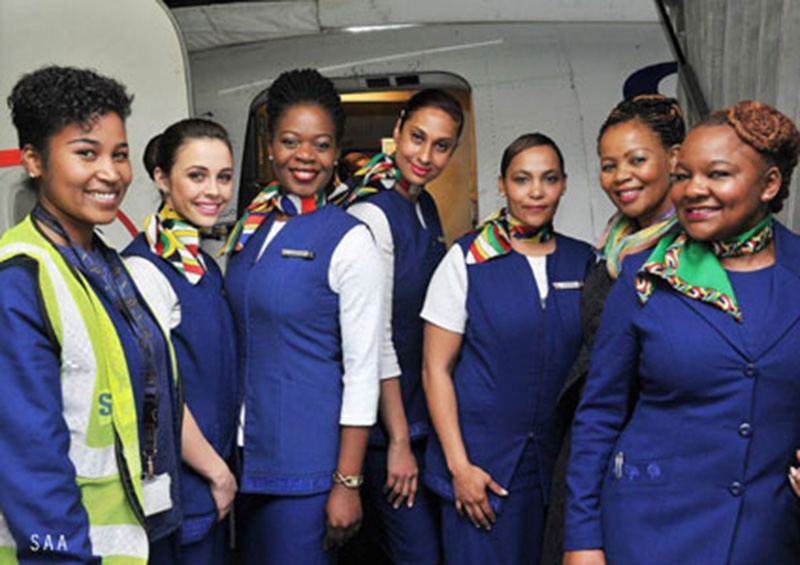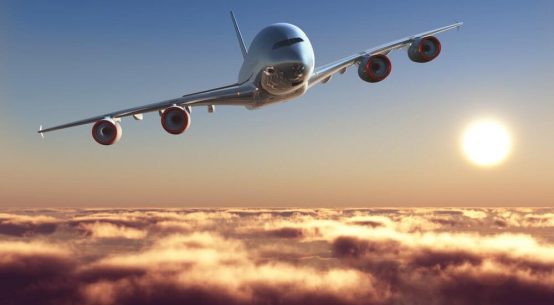
SAA Crew
Association says without a skilled workforce, airlines and other aviation businesses in the region face a calamitous future
Johannesburg, SA- Southern African Airlines will face a potentially crippling shortage of skills and failure to hit employee transformation targets if governments do not fix basic and tertiary education, the Airlines Association of Southern Africa (AASA) has warned.
Airlines and the entire aerospace industry are dependent on a pipeline of young, appropriately educated talent who they can prepare, with bridging training, for careers in the sector. However, poor science, technology, engineering, and mathematics learning – especially at schools in townships and rural areas – and the financial squeeze on South African universities and students is causing the pipeline to dry-up, the AASA said in a statement.
“Without this talent pipeline airlines and other aviation businesses in our region, specifically South Africa, face a calamitous future,” AASA CEO Chris Zweigenthal told the association’s 2017 annual general assembly at the Wild Coast in South Africa’s Eastern Cape province this week.
Africa’s unprecedented population explosion was driving increased demand for air transport across the continent, with projected annual 5.7 percent average growth over the next 20 years. In parallel, around 20,000 new pilots, similar numbers of technicians and engineers, together with a range of other professions would be needed to operate and support Africa’s expanded fleet and to succeed the current generation of airline employees.
“Transformation is a non-negotiable factor and we want to accelerate the pace at which we advance representation and diversity, not just in the cockpits and the executive suites but in all roles across the industry. Frustratingly, our combined efforts which include various industry-funded education outreach initiatives are hamstrung by the low standards of basic education, especially in poor communities,” Zweigenthal said.
“At the same time, we trade in an open and competitive labor market. In addition to fixing education we need to attract the available talent to work in aviation in the region and also find ways to make sure they want to stay,” he said.
Contributing factors identified by the AASA for urgent attention included the scarcity of funding (including the current financial squeeze on universities and students), the absence of a specialist aerospace and air transport education institution in Africa, and a lack of effective coordination between governments, educators, and the industry.
FOLLOW US ON FACEBOOK FOR MORE LOGISTICS NEWS
The latest industry econometric study showed that aviation supported 6.8 million direct, indirect, and induced jobs in Africa and generates US72 billion for the continent’s combined GDP. A significant portion of these was in Southern Africa. It was a key economic and development enabler and the driver of domestic, regional, and global imports, exports, investments, business and leisure tourism, and innovation.
This year’s AASA gathering of more than 200 airline leaders, government policymakers, regulators, industry bodies, manufacturers, and other industry players met to address human capital development problems for African airlines, the AASA said.
Reports from African News Agency (ANA)








